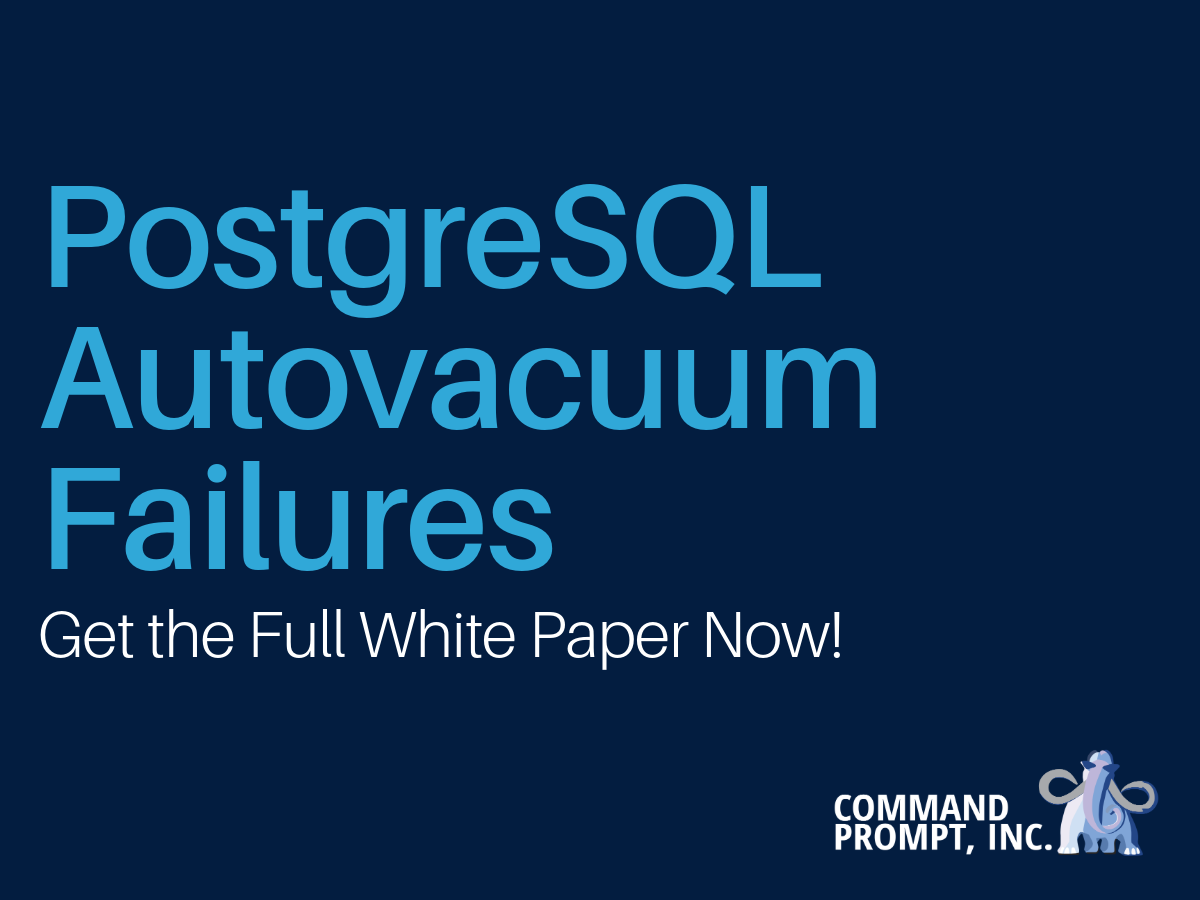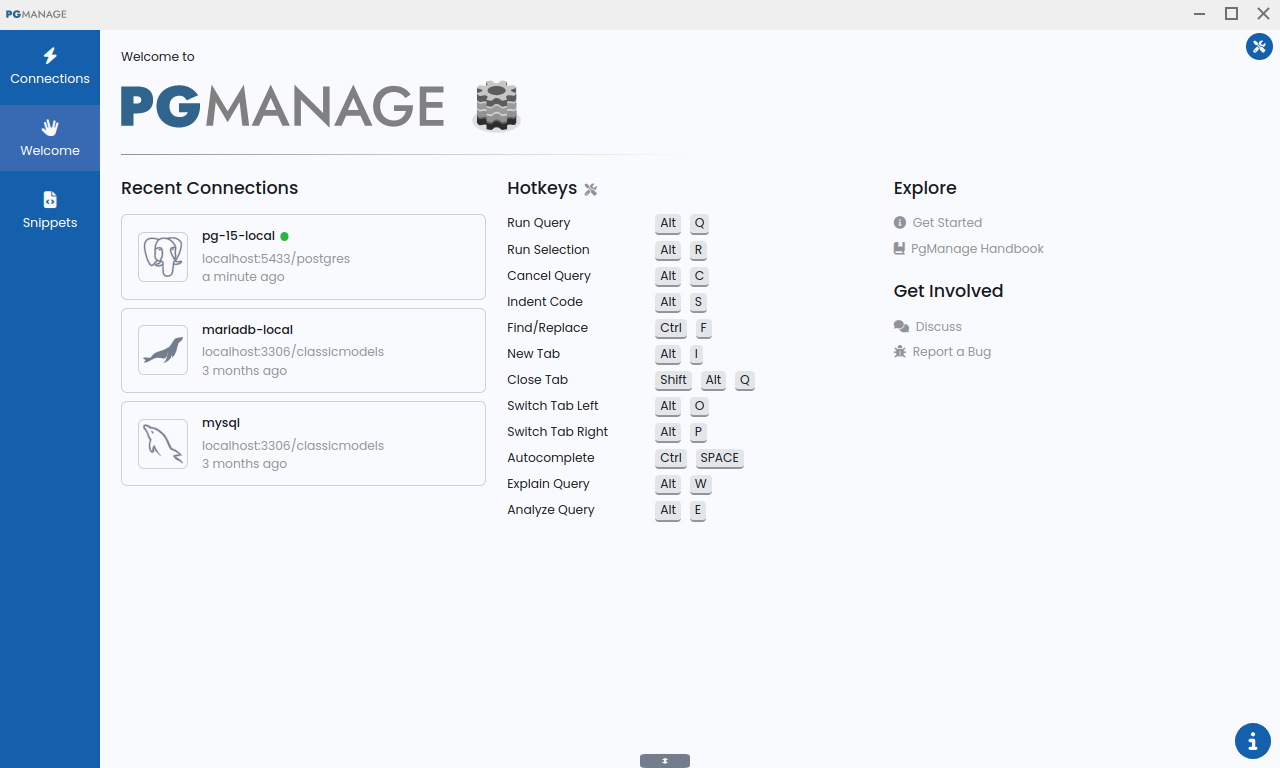
I was on the phone with one of my most active clients at Command Prompt when I had to interrupt the call because my dogs somehow opened the bus door and went running after horses. The client and Command Prompt have a good relationship so I wasn’t too worried about the fallout. However, what the client said when I returned to the call and explained the interruption was surprising.




